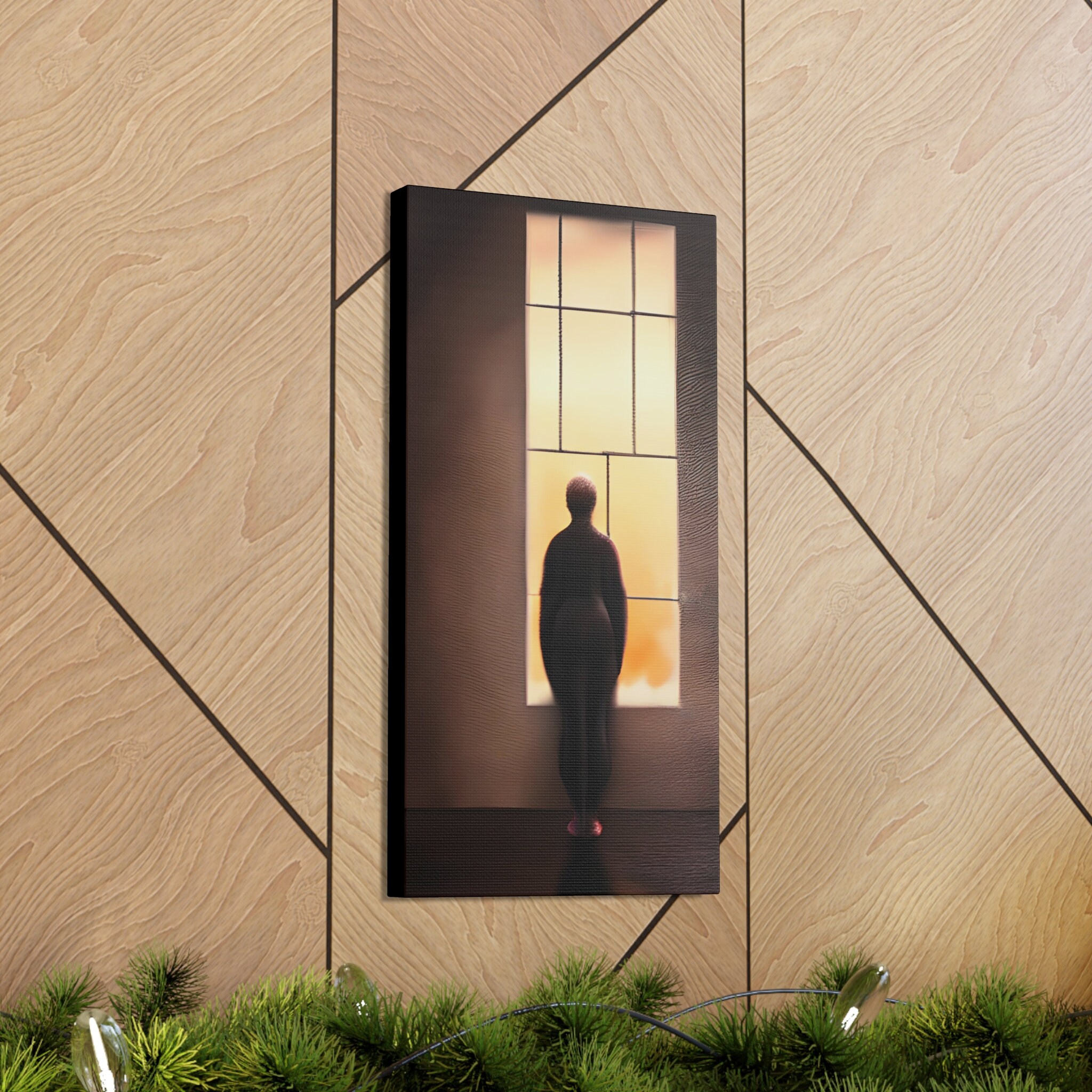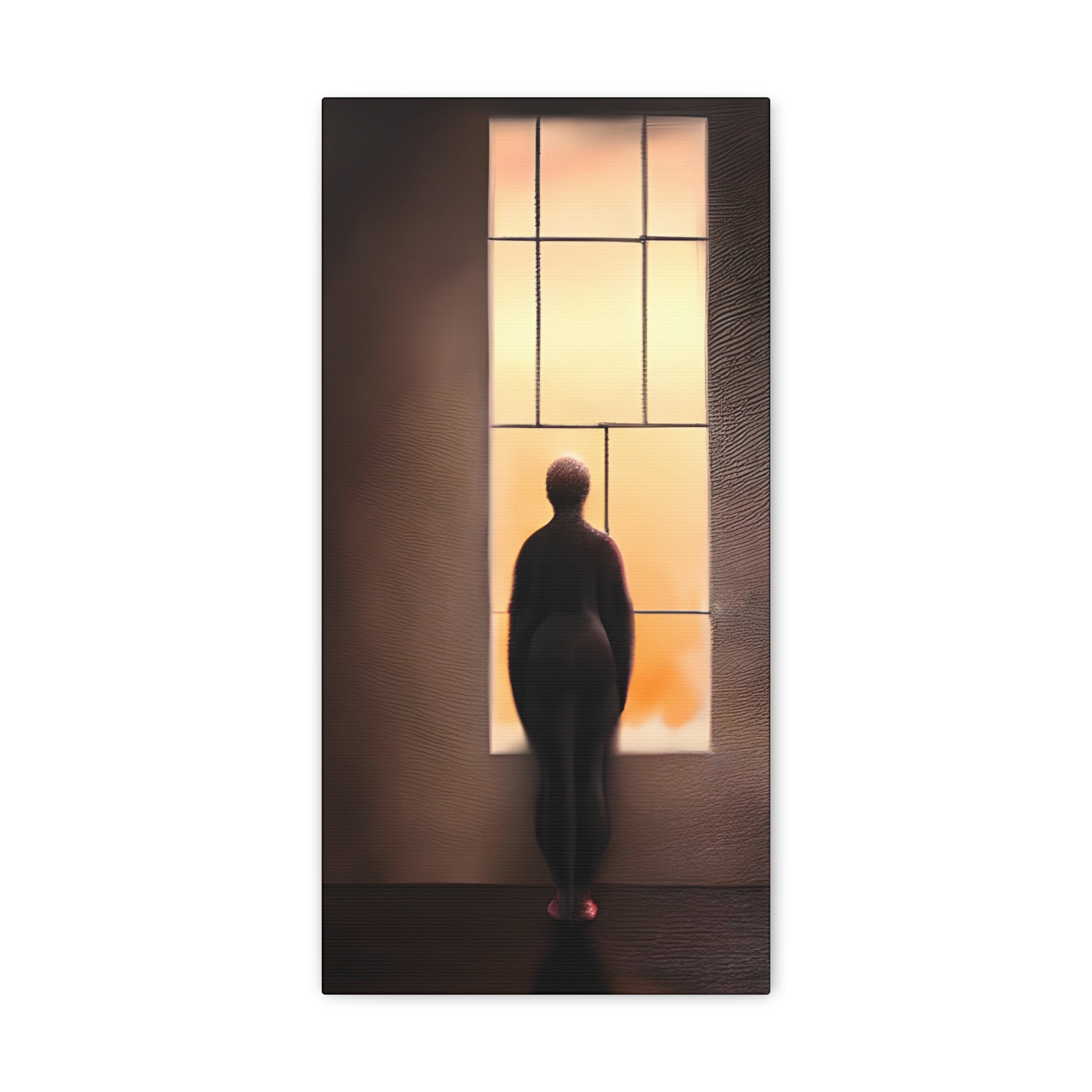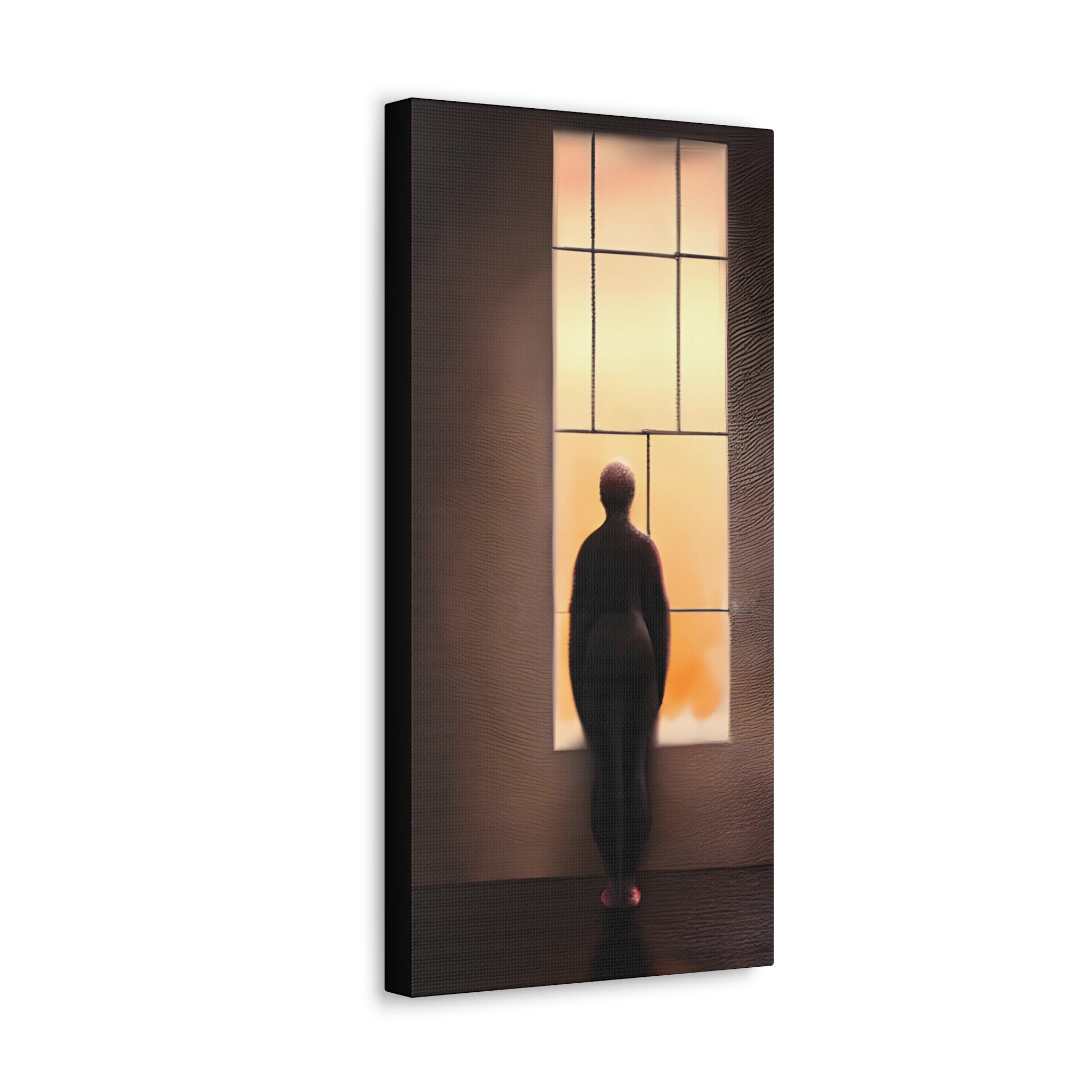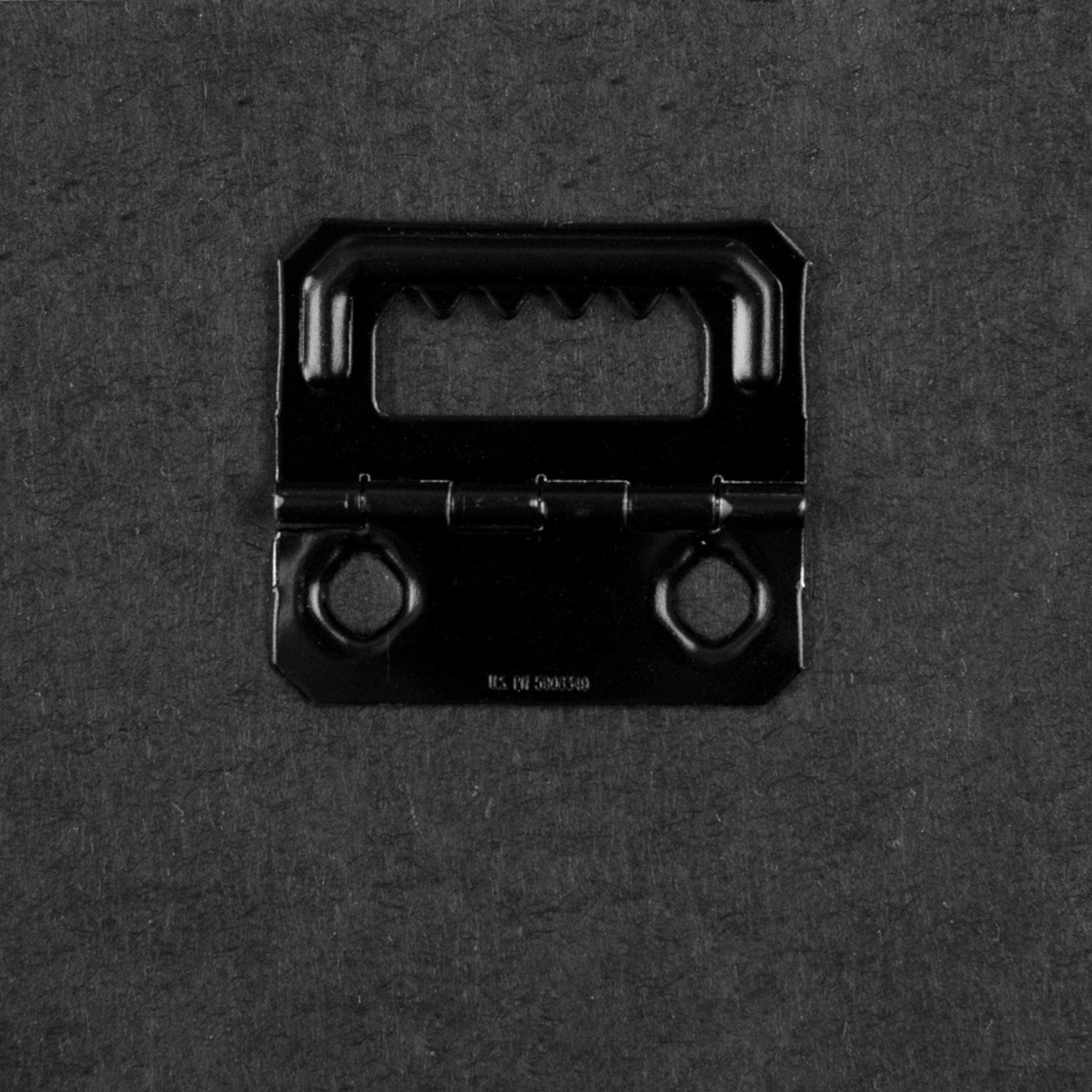Waiting For A Taxi, 10"x20" Canvas Print, Contemplative, Introspection, Expectation, Uncertainty, Hope, Despair, Solace
$70.00
Limited time only! 15% off Discount Code for this listing: ORIGINALART15OFF
"Waiting For A Taxi" paints a heart-rending scene of hope amidst despair, capturing the determination of a woman poised on the brink of a life-altering decision. The centerpiece of the composition is a woman, her short hair symbolizing the shedding of her past, standing in quiet resolve. Her eyes peer beyond the tall, slender multi-paned window, not at the orange-yellow hues of the horizon, but in keen anticipation of her escape vehicle: a taxi.
Clad in a dark-brown bodysuit, nearly indistinguishable from the shadows, she embodies the entrapment and oppression she has endured. Yet, the fiery red shoes she wears speak of her undying spirit, her preparedness to step away from the darkness and into the light.
The surrounding space, though seemingly empty, is heavy with symbolism. The gradient from the near-black left to a slightly brighter brown on the right indicates her journey from the confining abyss of an abusive relationship to the hopeful prospects of a free future. The transition in texture, from the left's untouched smoothness representing a life once void of experiences, to the intricate, elephantine texture on the right, embodies the rich tapestry of challenges and events she has in her future.
"Waiting For A Taxi" is more than just a visual portrayal; it's a narrative of resilience. The anticipation in her stance is palpable, as she looks to leave behind not just a place, but a chapter of life marked by pain. It prompts the viewer to reflect on the strength it takes to move forward, to hope, and to start anew, even when weighed down by past traumas.
A perfect addition to every room! This canvas is made from a finely textured artist-grade cotton substrate which consistently reproduces image details with outstanding clarity and detail.
Sizes:
• 10" wide x 20" high
Canvas specs:
• Material: Ultra smooth, 100% cotton rag canvas
• Material quality: Finely textured artist-grade cotton substrate
• Surface finish: Matte
• Cotton rag fabric weight: 400 GSM (11.80 oz/y²)
Wrapped canvas frame specs:
• Wrapped canvas frame thickness: 1.25"
• Framing quality: Beautifully finished, taut corners that give a clean and crisp look
• Hanging hardware: Attached
Ink specs:
• Canon 12-color Aqueous ink
• Acid free, archival quality
Shipping from United States
Processing time
1-7 business days
Customs and import taxes
Buyers are responsible for any customs and import taxes that may apply. I'm not responsible for delays due to customs.
Payment Options
Returns & Exchanges
I gladly accept returns and exchanges
Just contact me within: 14 days of delivery
Ship items back to me within: 30 days of delivery
I don't accept cancellations
But please contact me if you have any problems with your order.
The following items can't be returned or exchanged
Because of the nature of these items, unless they arrive damaged or defective, I can't accept returns for:
- Custom or personalized orders
- Perishable products (like food or flowers)
- Digital downloads
- Intimate items (for health/hygiene reasons)
Conditions of return
Buyers are responsible for return shipping costs. If the item is not returned in its original condition, the buyer is responsible for any loss in value.
Frequently Asked Questions
What is All-Over-Print (AOP)?
All-Over Print (AOP) is a printing method that uses dye-sublimation to print a design onto polyester. During the dye sublimation process the dye is absorbed into the fabric. Since, it is not printed on the surface, like most t-shirts, it provides for a fantastic soft-to-the-touch feel and superior breathability.
AOP is a more time consuming method than screen printing or direct-to-garment (DTG) printing, so the prices are higher and the production times are longer, but the results are most definitely worth it.
Advantages of AOP:
The design won't peel off, unlike typical screen printing.
The design is part of the fabric of the item, so it will last as long as the item does.
The intensity of color is often unmatched.
What is Giclée?
Giclée (pronounced zhee-CLAY or often gee-CLAY) is a printing process that creates a museum quality, archival print. Special acid-free, paper is printed with fade resistant ink using a state-of-the-art, large format inkjet printer.
What is a gallery wrap canvas?
Gallery wrap is a style of displaying a canvas that doesn't show any visible staples or nails holding the fabric to the wooden stretcher bars. This style of canvas is intended to be hung unframed.
What is a gallery mirror wrap canvas?
Mirrored edges (mirror wrap) is used to show the whole image on the main surface, rather than printing the edges of the image on the sides (image wrap) of the canvas frame. It is usually used when there is necessary detail on the edges of the image. Image wrap is used when the focal point of the image is in the center.





